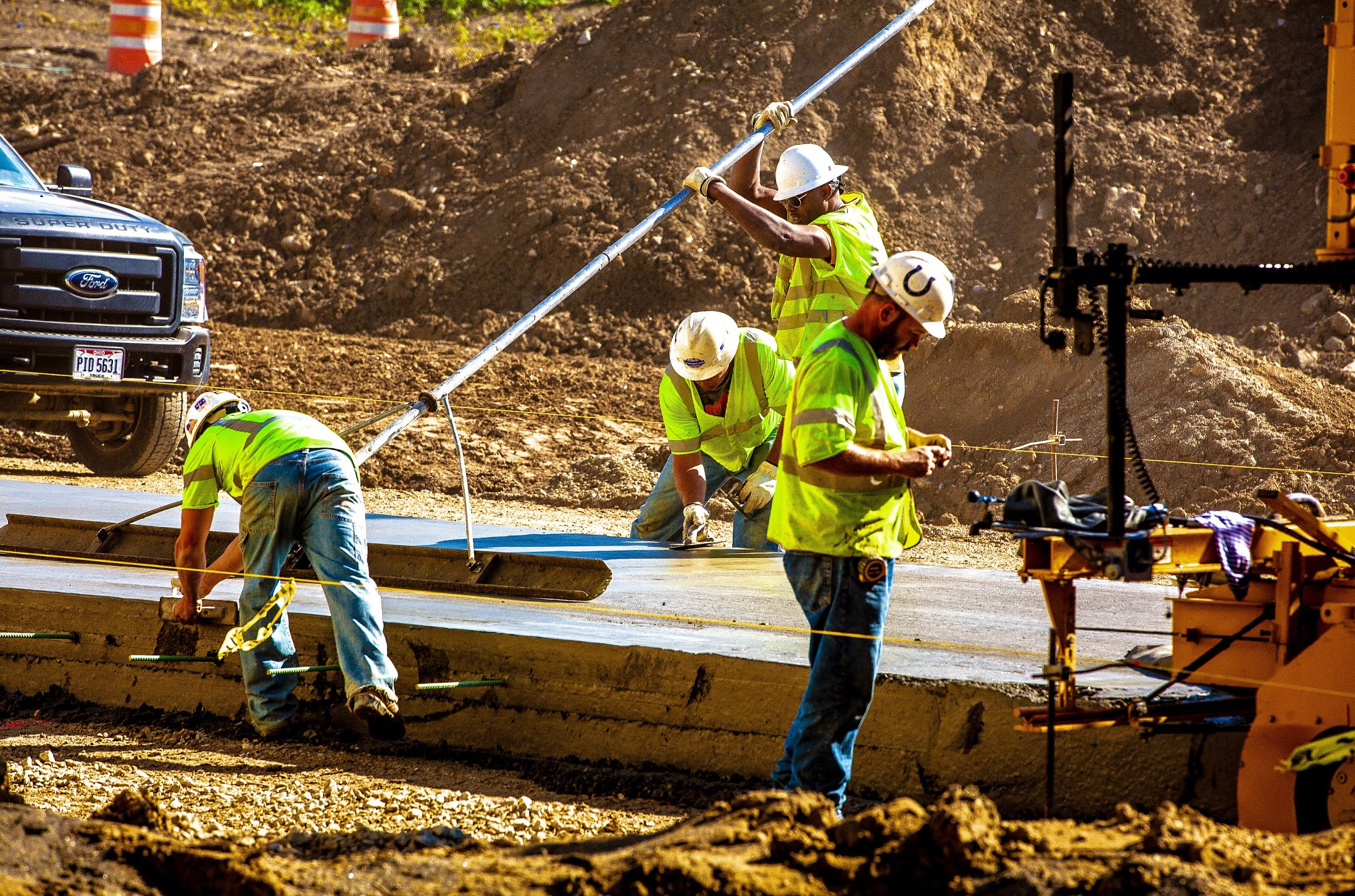
Every day, Ohioans rely on pipes to bring everything from natural gas to oil into our homes, schools, offices, and stores. Most of us may never give it a second thought, but these pipes – and the liquids and gases that flow inside – are some of the most important elements that support our society’s comfort and safety. And today’s featured position is the person responsible for keeping it all flowing safely and effectively.
In general, a pipefitter installs, maintains, and repairs pipes. At first glance, you might assume that a pipefitter and plumber are one in the same. But that’s not the case. Pipefitters may technically be plumbers, but their specialized trade requires higher-level training and advanced skills, which opens many more professional doors than being a plumber alone.
In addition to having a thorough knowledge of all plumbing concepts, pipefitters must be:
- Expert welders and fabricators that install, repair, and replace pipes.
- Precise inspectors as they test and troubleshoot on the job.
- Safe handlers of high-pressure materials, including chemicals, acids, and steams.
Pipefitters work on big jobs in industrial settings, not just residential alone like plumbers. They have the opportunity to work in some incredibly powerful places such as factories, power plants, and oil refineries, and with some powerful materials and specialty tools, including:
- Pressure gauges that guide each job.
- Fitter grips to connect pipes to joints.
- Cutting torches that cut lengths of pipe.
- Pipe threaders for easy connection and coupling.
- Saws and welders to separate and merge materials.
As our current piping systems require routine, thorough maintenance and new construction projects need new piping systems, pipefitters‘ employability continues to grow. Now is the perfect time to explore a career as a pipefitter. Pipefitters are in-demand and are, rightfully so, getting well compensated for their expertise.
In the past, pipefitters regularly had gaps in employment as they jumped from short-term contract to short-term contract. Today, this position is so in-demand that most pipefitters have consistent contracts or a full-time position.
We need more pipefitters than ever before. In fact, the Bureau of Labor Statistics expects pipefitter employment to grow more than double the average rate of all other occupations. Growth, combined with job stability and pay increases are some of the top reasons people join the industry as pipefitters today.
As with most careers in the construction industry, becoming a pipefitter means you can earn as you learn. This education can be completed through informal or established on-the-job training programs, trade or vocational/technical school programs, or unilaterally sponsored trainee programs (management or labor). All pipefitters leave their education journey with specialized expertise in reading blueprints, installing pipes, as well as plumbing codes, standards and safety.
After all education and apprenticeships are complete, the average pipefitter can expect to earn more than $50,000 per year, according to the Bureau of Labor Statistics, not including overtime.
For those of you that are still in high school, focus on taking the following classes: English, math, algebra, geometry, trigonometry, science, physics, and mechanical drawing. Students, click here to learn more. Parents, click here for more information on how to support your child in his or her journey toward a career as a pipefitter.
It’s never too early – or too late – to begin looking into the steps to take to begin your career. All job seekers at every level can click here to learn more.